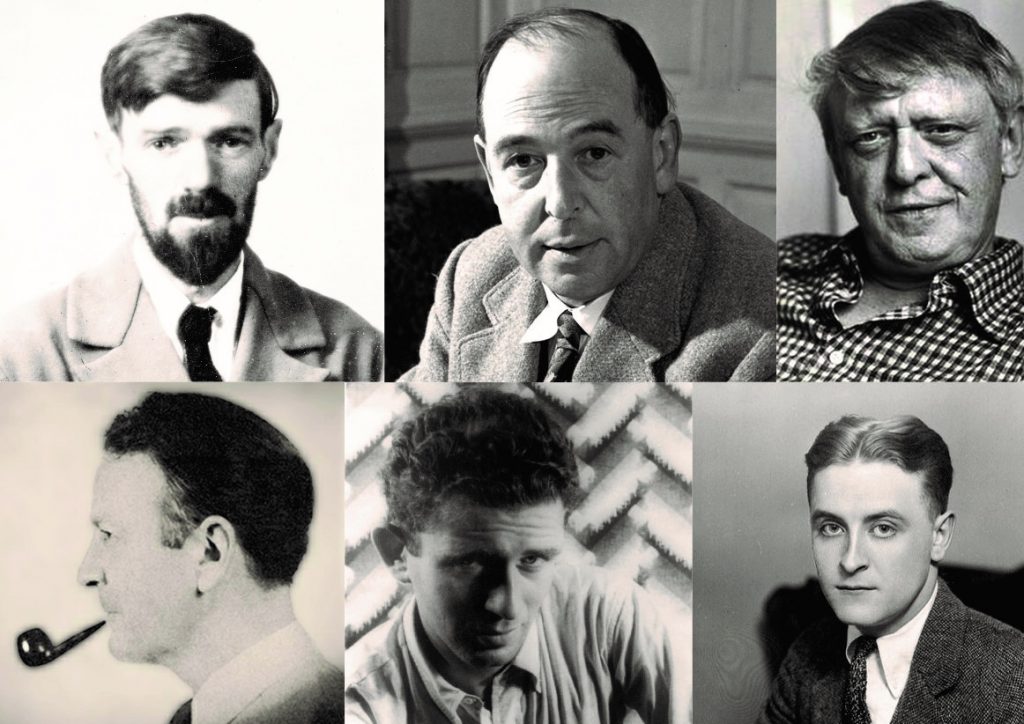
The early 20th century celebrated homophobic writers of high reputation. We were taught their work in school. They were reviewed in quality publications. And they were looked up to as wise men.
No matter how brilliantly written, many 20th century novels have homophobic elements. How can these celebrated novels help us understand homophobia?
One cautionary note: Looking at homophobic content in novels is not the same as saying that a writer’s work is worthless. People are mosaics, and prejudice can exist side by side with courage and creativity. But we can learn something from scrutinising the attitudes in these books, and perhaps it’s long past time – queer writers had to suffer sceptical, sometimes patronising reviews for generations.
What is homophobia?
Most of us think of homophobia as if it were something toxic in the air or the water. Equal marriage laws and visible queer people make us feel it’s getting better. Homophobic laws like the ‘LGBT-free’ zones in Poland make us feel less hopeful.
During his Literary Salon event on 18 February this year, discussing his tv series It’s A Sin with presenter Damian Barr, Russell T Davies asked the question in a slightly different way.
Davies’ series is set in gay London in the 1980s. At the end of the story his hero, Ritchie, is dying of AIDS. Ritchie’s mother looks after him in his last days but refuses to believe he is gay.
Why are people homophobic?
Davies said that attitudes like hers can’t be blamed on culture or religion: ‘God isn’t enough.’ He felt that every person’s homophobia is an individual response – unique to them – woven out of the traumas and secrets in their lives.
In the case of Ritchie’s mother, she hints that her father ‘was a terrible man.’ Was she abused? She doesn’t explain. Davies said that the truth might have come out later, if he had had more time to tell the story. But the bare mention, offering no further understanding, seems typical of homophobia – understanding is not what it is about.
Everyone knows a homophobe
Everyone knows a homophobe, or knows of one. Many queer people keep difficult conversations with family members in our memories, whether we want to remember or not. The controversy about trans people taking place today is bringing this kind of impasse back into focus when many of us thought it was receding into the past.
If Davies is right, and homophobia is a kind of vulnerability, we’re not likely to hear more about it from homophobes in real life. Like Ritchie’s mother, they are unwilling to say more. But just as knowledge of queer lives came first of all through books, despite the worst censorship could do, it’s also possible to look at writers – traditionally, people who can’t stop talking about themselves – for a clue to homophobia.
6 homophobic writers
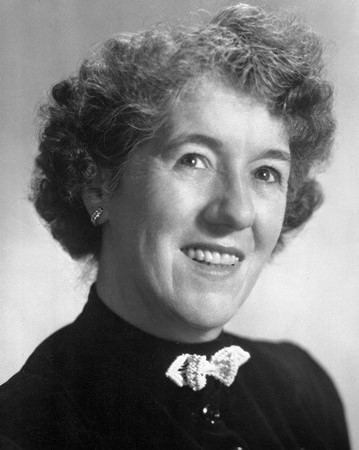
And unfortunately, the early 20th century had some homophobic writers of high reputation, who were taught in school, reviewed in quality publications, and looked up to as wise men.
(At least, the ones I’m going to mention are all men. There are certainly homophobic women writers. One possible candidate is Enid Blyton, creator of the Famous Five and now considered to have had racist attitudes. But she sometimes produced 50 books a year and searching her entire output for homophobic content would not be easy or congenial.)
1. D H Lawrence
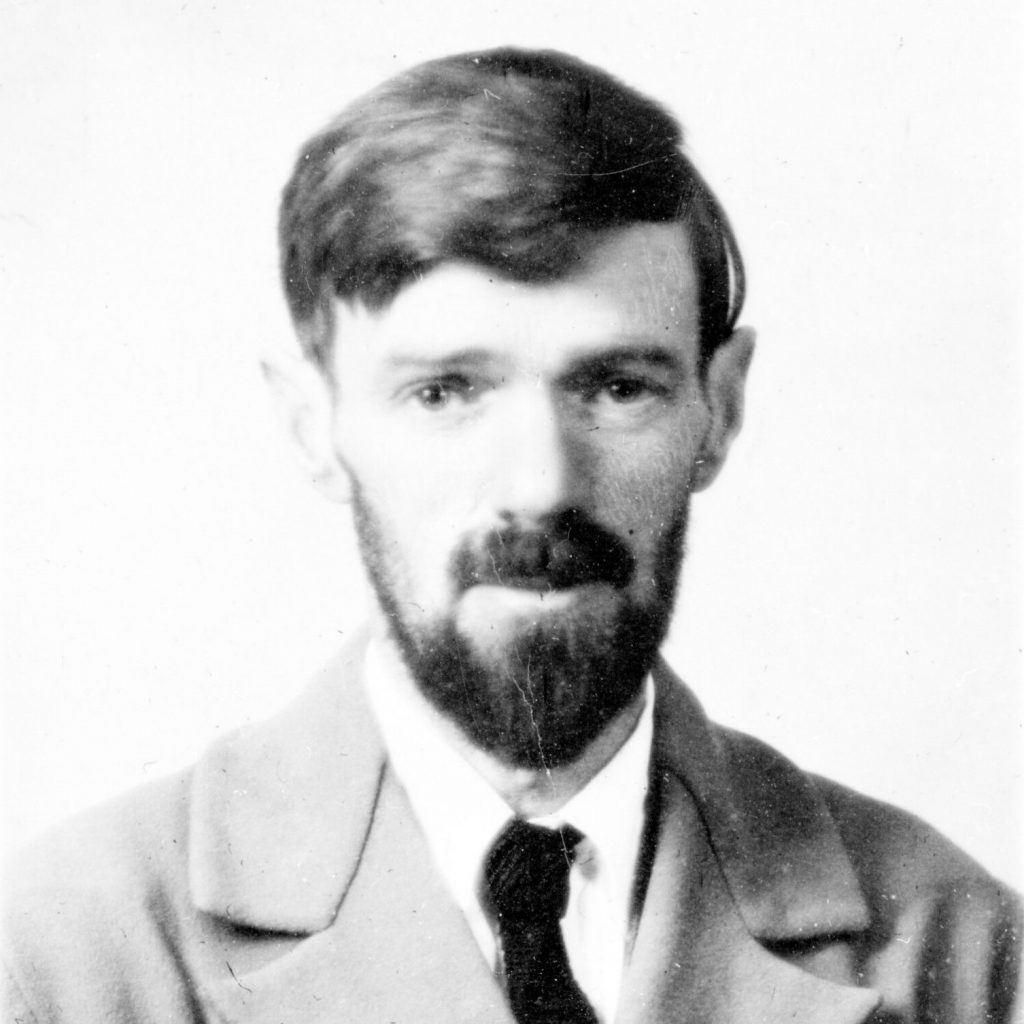
The most famous homophobic writer in English is probably D H Lawrence. He is best known for his last novel, Lady Chattlerley’s Lover, and for his hero’s speech denouncing every kind of sex except the missionary position.
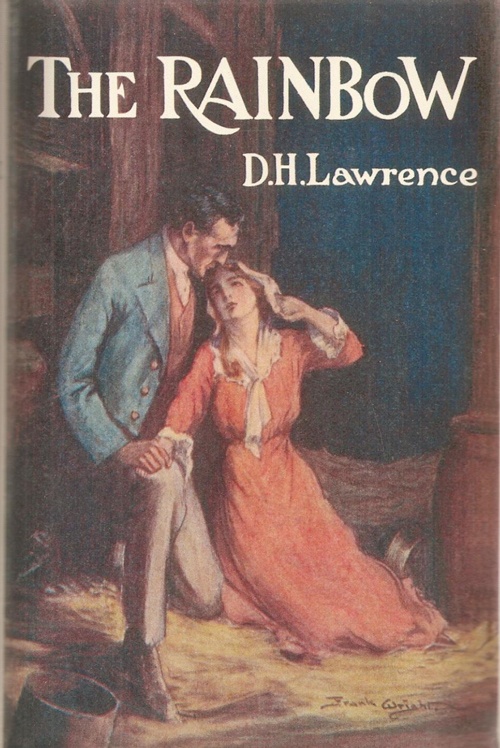
Lawrence’s earlier novels, The Rainbow and Women in Love, were banned, because they had bisexual characters, but also because they were sexually explicit. (Senator Reed Smoot of the US approved of the ban and said that Lawrence was ‘a man with a diseased mind and a soul so black that it would obscure even the darkness of hell.’)
Lawrence’s letters do reveal a darkness in his mind which his novels only suggest – that he was literally homophobic, frightened and repelled by gay men. After a visit by David ‘Bunny’ Garnett and his lover Francis Birrell, Lawrence wrote about ‘the horror of little swarming selves’. ‘We must fight this Baal,’ he wrote in another letter, ‘and keep the other flag flying.’
There are shelves of books, articles and theses about Lawrence’s life and possible gay encounters. He hinted at a great deal and admitted very little.
2. C S Lewis
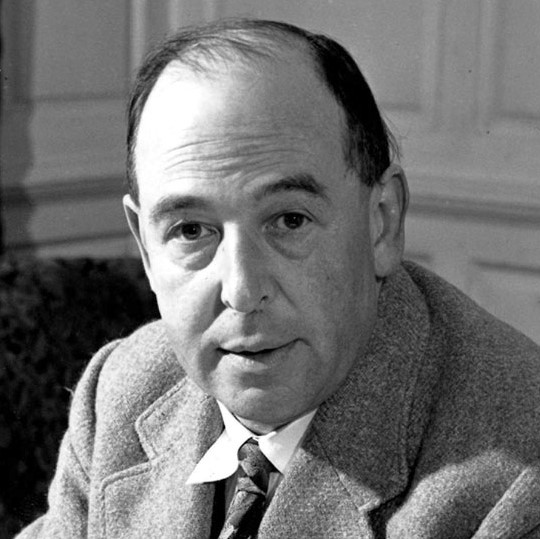
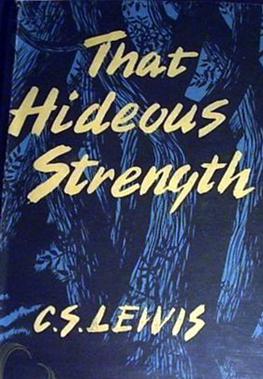
A writer of Christian sci-fi (as well as many religious books which were said ‘make righteousness readable’), C S Lewis may be a somewhat clearer case. In That Hideous Strength, the story of a Satanic foundation which takes over an English university, he created Miss Hardcastle. She is the foundation’s head of security, a tall and strapping character in her uniform, who wears lipstick and waves an unlit cheroot about.
She only lights the cheroot when she arrests and tortures Jane, the story’s heroine. It’s astonishing that an Oxford don and religious writer felt free to publish this scene. He had already established Miss Hardcastle as a figure of scary fun, and probably would have said, like some people who post threatening messages on Twitter, that it was all just a joke.
After Lewis’ death in 1962, it came out that he had had an affair with a much older woman. She probably did not smoke cheroots, but she did make Lewis do housework regularly. There is no evidence that she was a lesbian, but perhaps he found it easy to seize on homophobia as a way to represent his guilt about the relationship (which he always regretted) and his fear of strong women.
3. Anthony Burgess
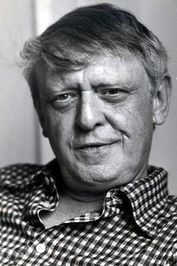
Born a generation after Lawrence and Lewis, in 1917, Anthony Burgess. Most people remember him now for his novel A Clockwork Orange, especially the film made by Stanley Kubrick in 1971, which features one woman being raped and another being murdered.
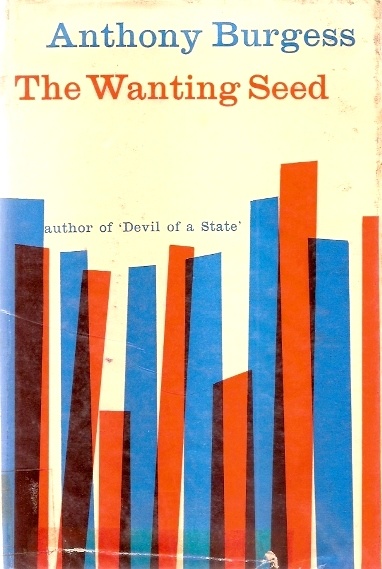
But Burgess also wrote a dystopian fantasy, The Wanting Seed, about a future in which England is threatened by overpopulation. The government tries to force everyone to become queer (one of the characters affects a limp wrist and sissified speech in order to rise in the Ministry of Infertility.) There are other ridiculous lesbian stereotypes. Of course, the country soon falls into anarchy and the natural order is restored.
Burgess had one of the more adventurous and difficult lives of any 20th century novelist. His mother and sister died in the 1918 flu and he always felt that his father resented him for surviving. He became a teacher, a soldier, a speaker of several languages, and a prolific composer. And he said to have been dismissed from a job because his wife said ‘something obscene’ to Prince Philip.
Burgess moved in sophisticated circles and must have known many queer people. He did not have to reach for the low-humour cliché portrayals he uses in The Wanting Seed. Perhaps they were simply the easiest. Or perhaps Burgess, the defiant survivor, enjoyed putting two fingers up whenever he could.
4. Raymond Chandler
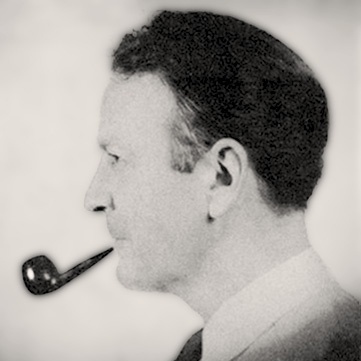
Unlike Lawrence, Lewis and Burgess, Raymond Chandler was not a literary writer, but after his death he became one. He is the creator of the tough detective Philip Marlowe, hero of The Big Sleep – a vividly written description of a world of crime and perversity.
Of course, this world is queer, and we first see Marlowe surveilling a an underground porn library run by a gay man. He watches the customers pull up on a normal Los Angeles street and is surprised to observe that some of them are women.
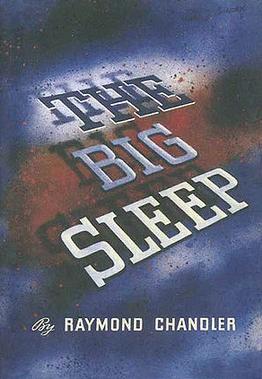
What kind of porn are the women of Los Angeles secretly borrowing? We never find out. Whatever these books are, they make a grown man blanch when Marlowe shows him a page.
Marlowe himself blanches when he visits Geiger, the porn librarian, and not just because he finds him dead. Worse still, the librarian’s bedroom turns out to be ‘neat, fussy, womanish’ with a flounced bedspread.
All this is just scene-setting and the real story turns out to be about a straight criminal, a gangster, and a wealthy and beautiful heroine. But the early episode has done its work, setting the atmosphere and highlighting the depravity of Marlowe’s enemies and his cool, unflappable character.
Like the three authors we’ve seen so far, Raymond Chandler had a hardworking and adventurous life, complicated by early poverty and family breakup. He was a teacher, journalist, scriptwriter, would-be poet and essayist, and a First World War soldier. He suffered all his life from alcoholism and depression. ‘There is no trap so deadly,’ he wrote, ‘as the trap you set for yourself.’
5. Norman Mailer
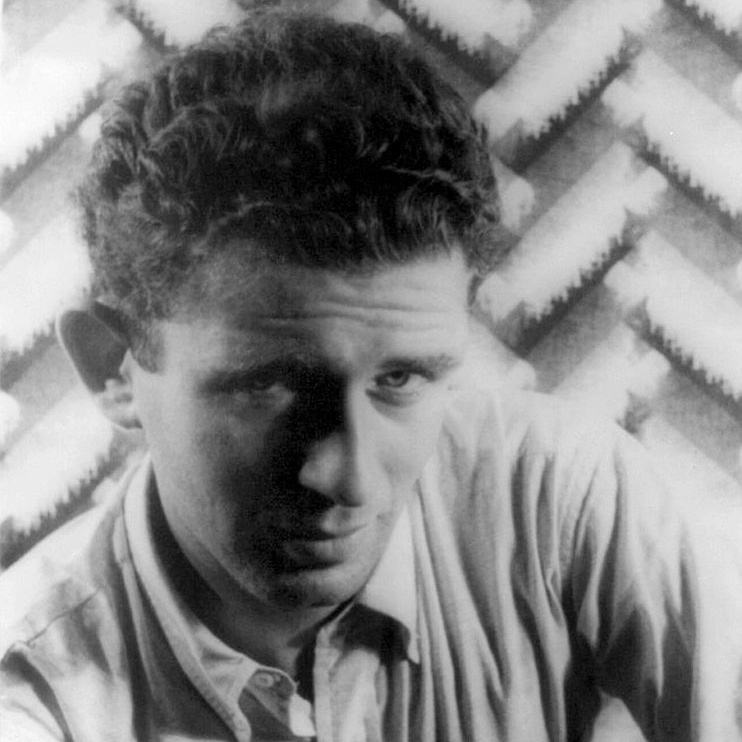
All these writers were partly British or Irish, but Norman Mailer was an American. His first novel, The Naked and the Dead, was published in 1948 after he served in the Second World War and has never gone out of print. His reputation was bound up with male violence and misogyny, both in fiction and real life, and he cheerfully fought feminists such as Kate Millett and Germaine Greer on television.
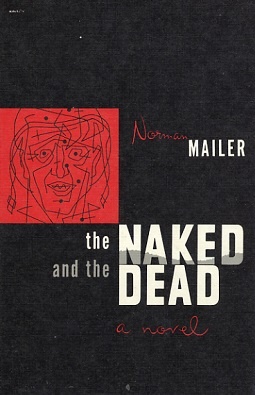
Many of his villains were gay men, and in a 1955 article for One Magazine, a publication of the homophile movement, he admitted that this was due to laziness and lack of any experience of queer people. He had nothing to gain from making this admission – almost fifteen years before Stonewall – and why he made it remains a mystery. But it’s a rare example of a homophobe looking honestly at himself.
6. F Scott Fitzgerald
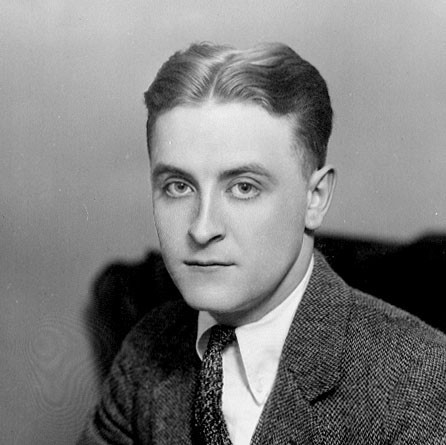
Of all these writers, the one who may have given most insight into himself is F Scott Fitzgerald, now best known as the author of the American classic, The Great Gatsby. A prolific writer in a circle of prolific writers, he described his life constantly. His may be the strangest of these stories of homophobic writing.
In his early, successful days, Fitzgerald does not seem to have had much interest in queer people. He was a success as a drag artiste at one memorable party at Princeton, just before the First World War, but there is no evidence he had any gay relationships.
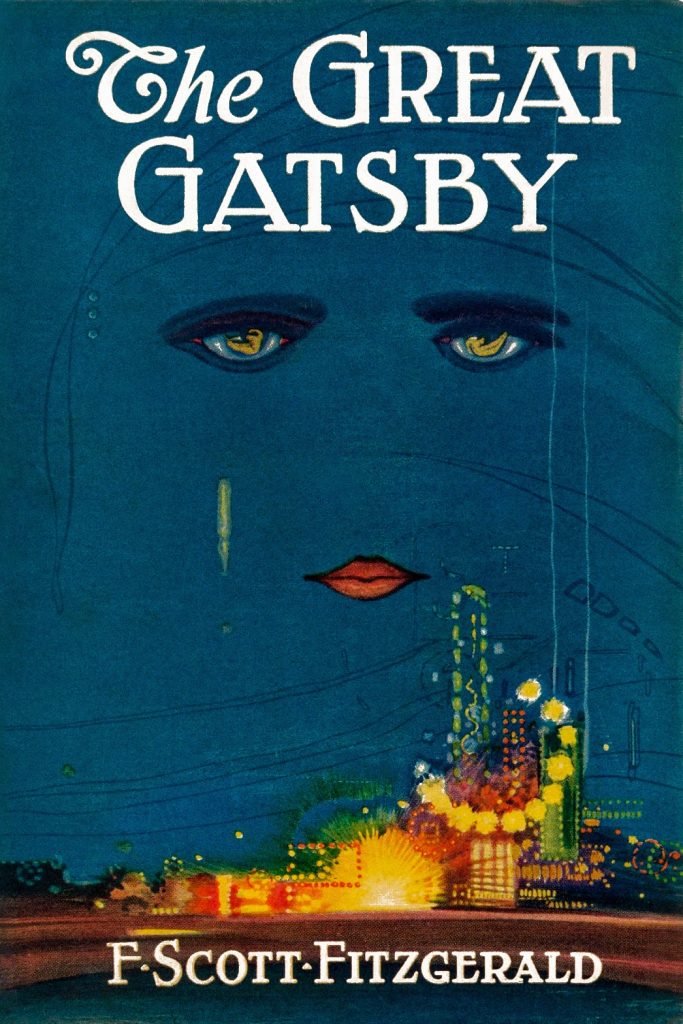
In the early 1920s he became the novelist of privileged youth. He was said to have defined ‘the jazz age’. His sudden fame led to his marriage to the southern belle, Zelda Sayre, the model of many of his fictional heroines. They became a celebrity couple and moved to Paris, where he wrote The Great Gatsby.
But then things began to go wrong. Gatsby was a financial failure. It was a novel about class, not about privileged youth. The wealthy characters were brutal and the hero, Jay Gatsby, was brave, naive and doomed.
Accusations
It was about this time that Fitzgerald seems to have discovered homophobia. One of his Paris circle, a publisher, called him a queer. Fitzgerald claims that Zelda began to accuse him as well, but there is apparently nothing from her in writing, only from Fitzgerald himself and his friend, the writer Ernest Hemingway.
As in so many of these writers’ stories, depression and alcoholism began to take their toll. Zelda had an affair and a nervous breakdown, and Fitzgerald committed her to mental health clinics on both sides of the Atlantic.
Homosexuality became an obsession with Fitzgerald. He talked of going to a prostitute to prove himself, even though there had never been any lack of women in his life. Then he began to believe that Zelda was a lesbian. He wrote that she was getting up to strange things with the nurses in her clinic. He put a lesbian character, Miss Taube, into his next novel, Tender Is The Night.
Eventually Fitzgerald and Zelda separated. She spent the rest of her life in and out of clinics. Fitzgerald found a new lover, the Hollywood gossip columnist Sheilah Graham. By then he had much more to worry about than his theoretical masculinity, and apparently said no more, good or bad, about queer people.
Is homophobia just a phase?
There are few homophobes for whom homophobia is just a phase. As someone who seems to have been homophobic in one situation lasting a few years, Fitzgerald might correspond most closely to Russell T Davies’ view – that homophobia is not a given in our culture, but a response to grief and trauma, an easy outlet for the unmentionable.
Though writers have more to say about themselves than most people, creating art is a risky lifestyle and writers may not be the best illustrations of typical homophobes. But there is another reason to examine the lives and prejudices of these classic writers. They were once icons of what was considered the best in our civilisation. Millions of young people read their books and remembered them for a lifetime. In their stories, they projected fear and humiliation onto queer people. We need to question those stories, no matter how brilliantly written, and keep pursuing the insights of openly queer art and queer lives.
We’re delighted to be able to publish this blog raising awareness of homophobia in English and American literature as part of International Day Against Homophobia, Transphobia and Biphobia, 17 May 2021.
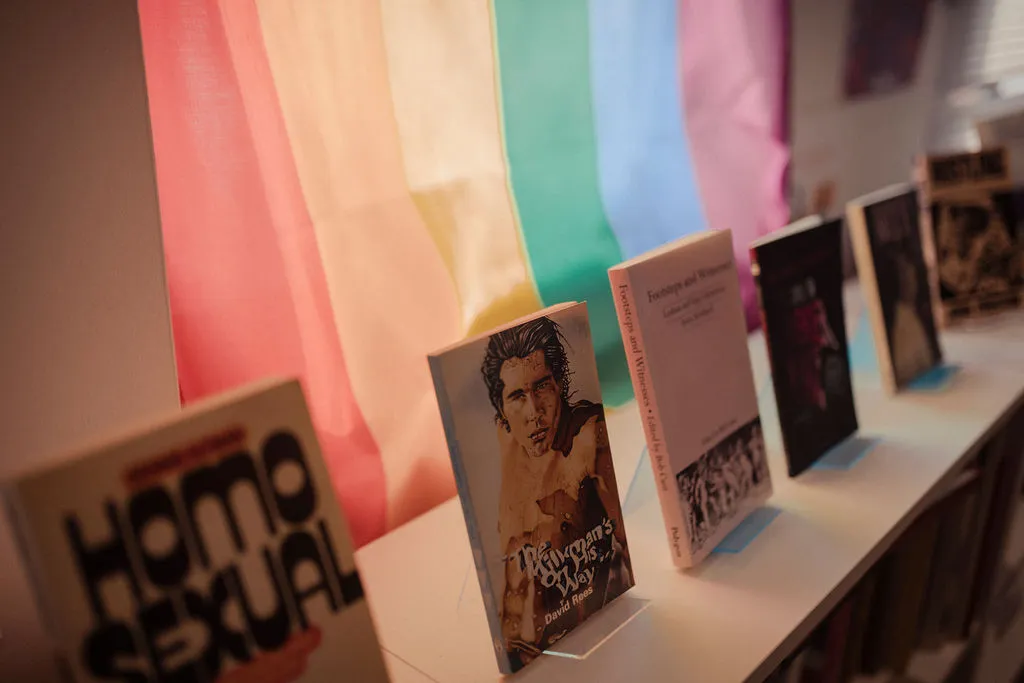

Comments
One response to “Homophobia: A 20th Century Classic”
There is pretty strong evidence that Nick Carraway, narrator of Fitzgerald’s masterpiece The Great Gastby, is gay. I’ll share one piece of support: almost 100% for sure he has a sexual encounter with Mr. McKee at the end of chapter 2. Etc. Surprising for an ambitious writer with huge ambitions in homophobic 1920s America. There’s more to Fitzgerald than someone who merits a place on a cancel list.